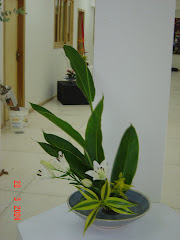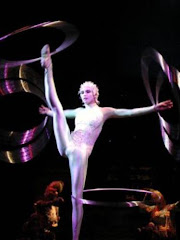Jean Nouvel (born 12 August 1945) is a French architect. Nouvel studied at the École des Beaux-Arts in Paris and was a founding member of Mars 1976 and Syndicat de l'Architecture. He has obtained a number of prestigious distinctions over the course of his career, including the Aga Khan Award for Architecture (technically, the prize was awarded for the Institut du Monde Arabe which Nouvel designed), the Wolf Prize in Arts in 2005 and the Pritzker Prize in 2008. A number of museums and architectural centres have presented retrospectives of his work.
Nouvel was awarded the Pritzker Prize, architecture's highest honor, in 2008, for his work on more than 200 projects,among them, in the words of The New York Times, the "exotically louvered" Arab World Institute, the bullet-shaped and "candy-colored" Torre Agbar in Barcelona, the "muscular" Guthrie Theater with its cantilevered bridge in Minneapolis, and in Paris, the "defiant, mysterious and wildly eccentric" Musée du quai Branly (2006) and the Philharmonie de Paris (a "trip into the unknown" c. 2012).[3][8]
Pritzker points to several more major works: in Europe, the Cartier Foundation for Contemporary Art (1994), the Culture and Convention Center (KKL, 2000) in Lucerne, the Opéra Nouvel (2003) in Lyon, Expo 2002 in Switzerland and, under construction, the Copenhagen Concert Hall and the courthouse in Nantes (2000); and two tall towers in planning in North America, Tour Verre in New York City and SunCal in Los Angeles.
In its citation, the jury of the Pritzker prize noted:
Of the many phrases that might be used to describe the career of architect Jean Nouvel, foremost are those that emphasize his courageous pursuit of new ideas and his challenge of accepted norms in order to stretch the boundaries of the field. [...] The jury acknowledged the ‘persistence, imagination, exuberance, and, above all, an insatiable urge for creative experimentation’ as qualities abundant in Nouvel’s work.
Nouvel is the second French citizen to win the Pritzker Prize, after Christian de Portzamparc in 1994.
fonte: wikipédia















Nenhum comentário:
Postar um comentário